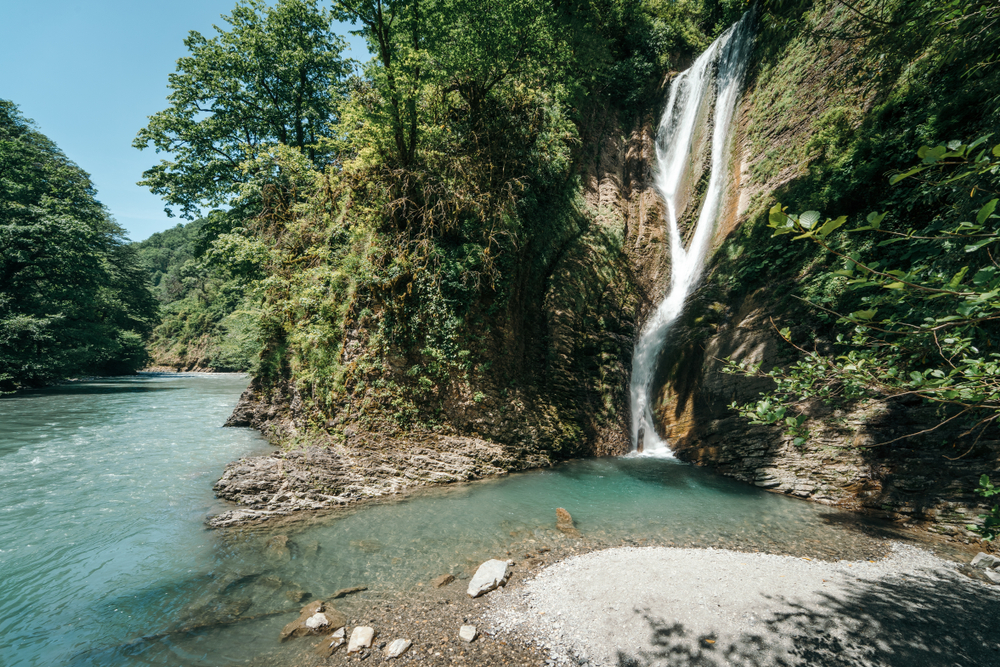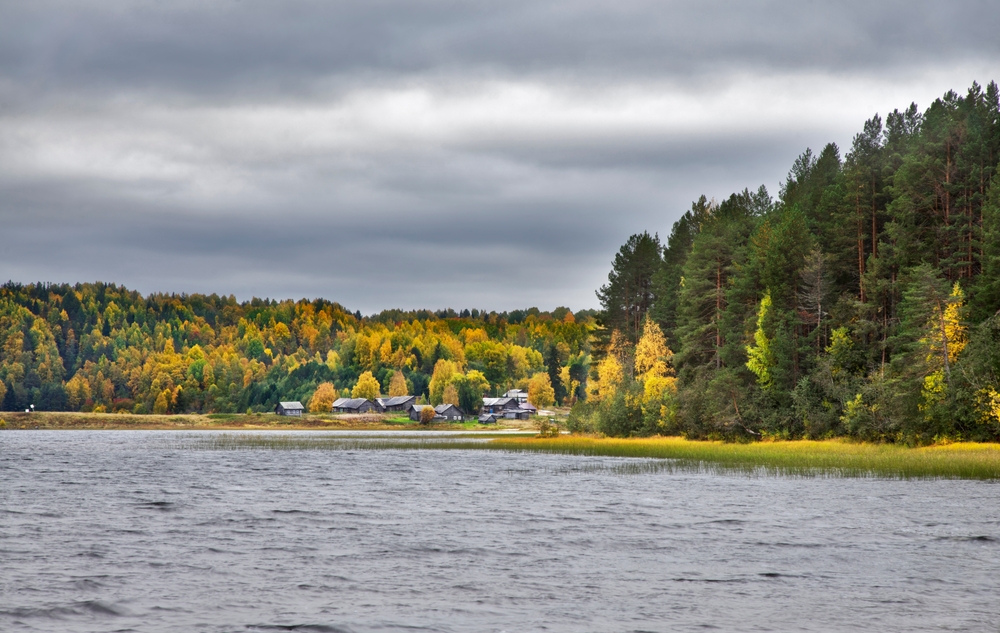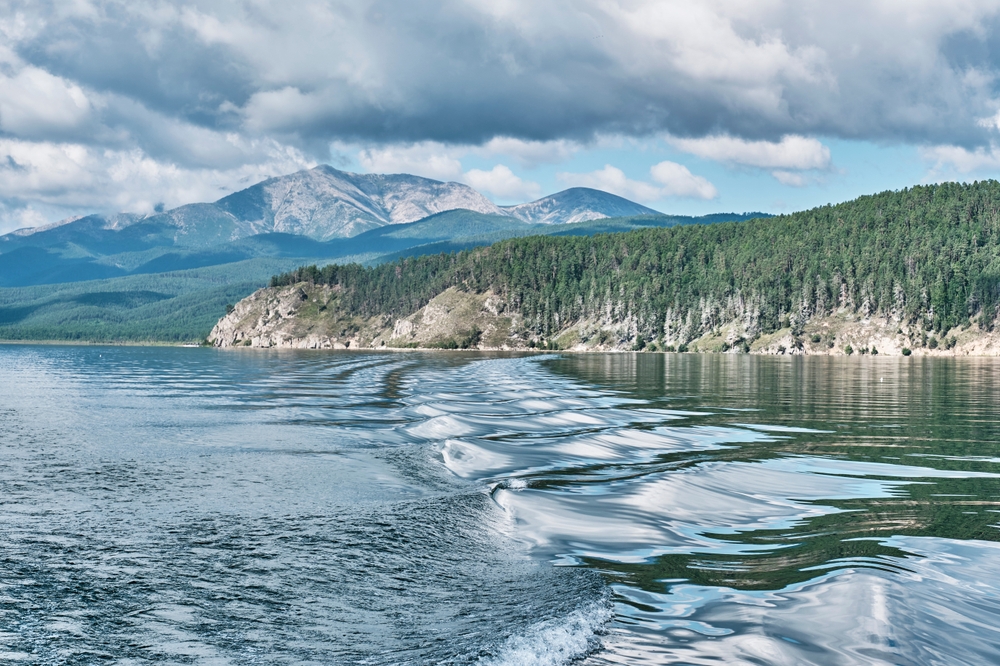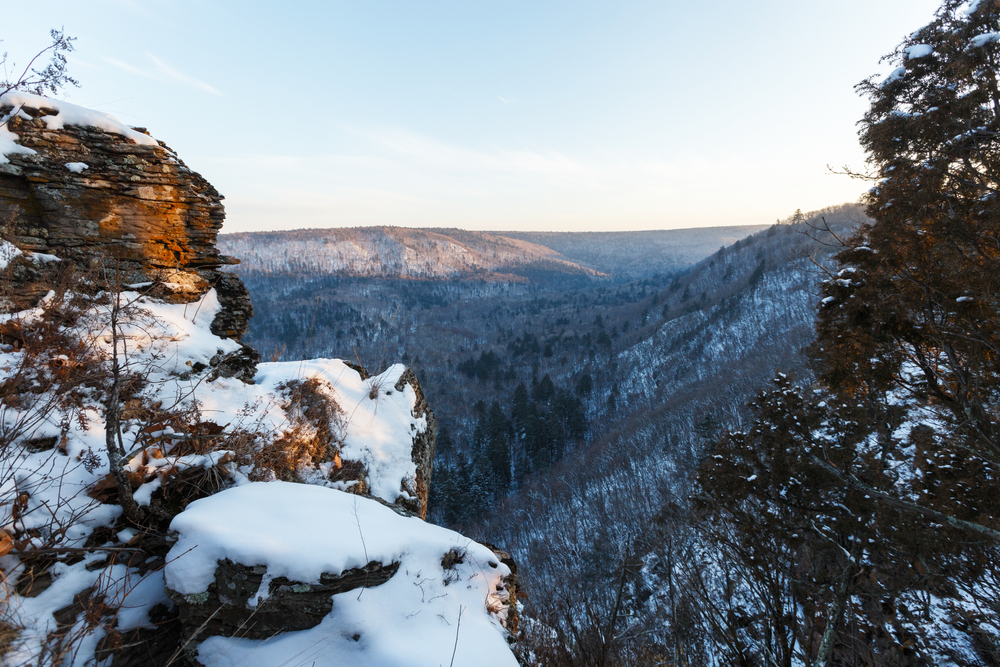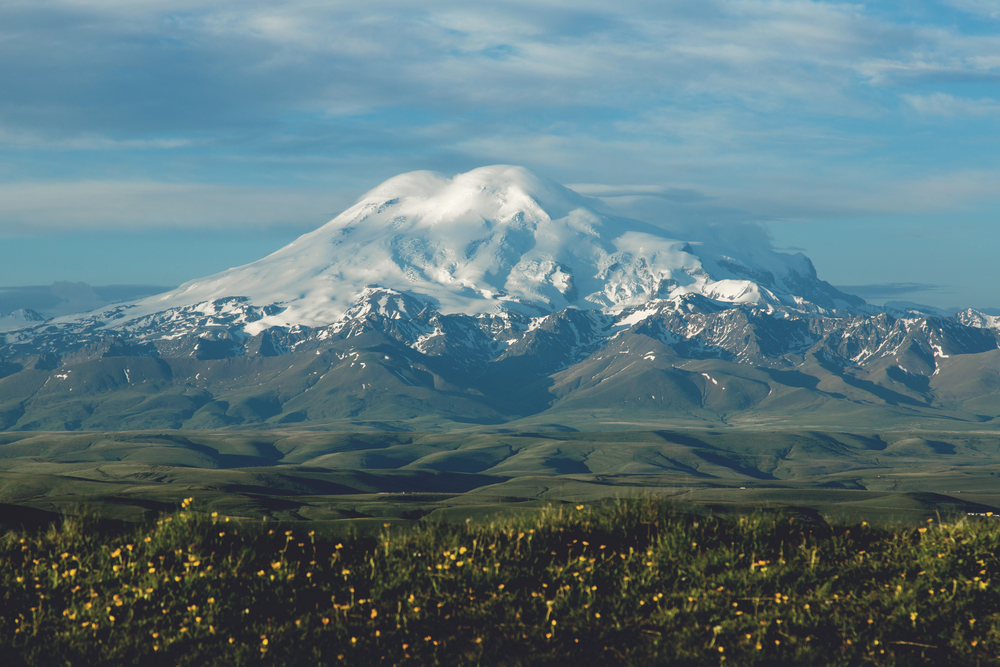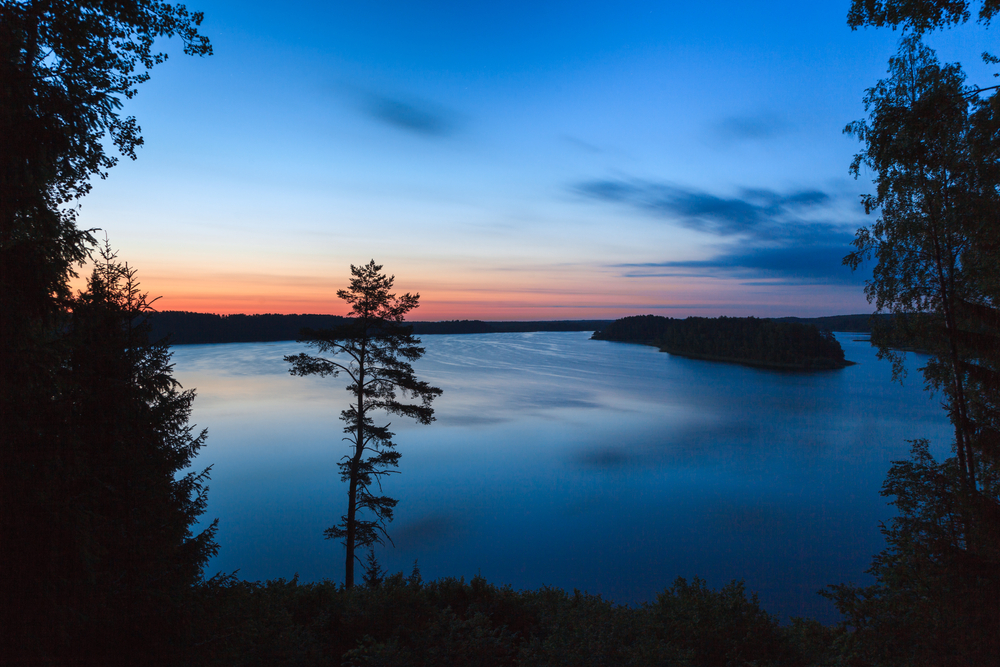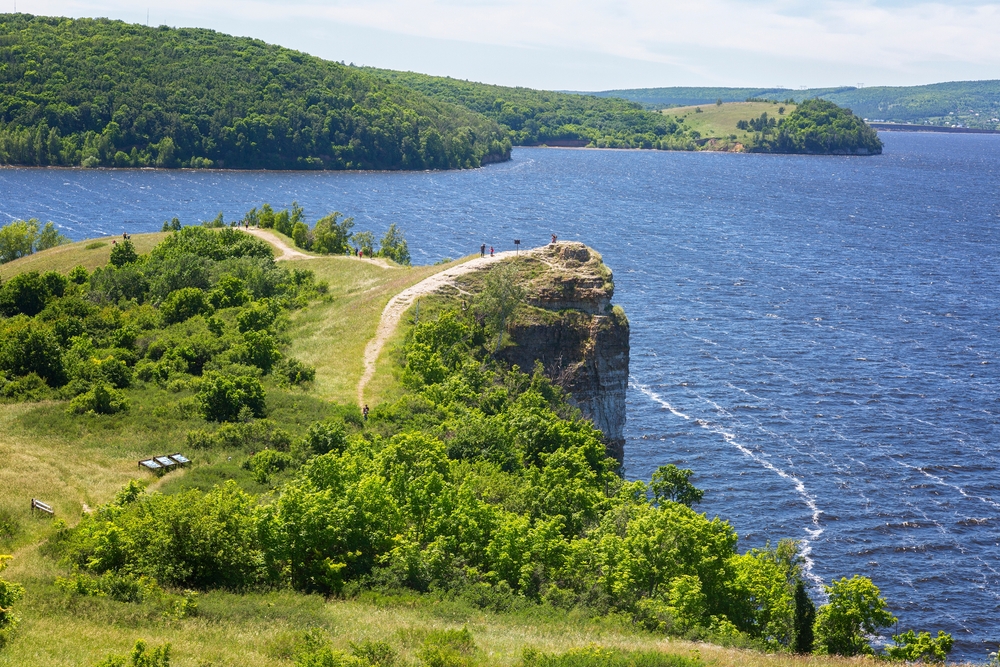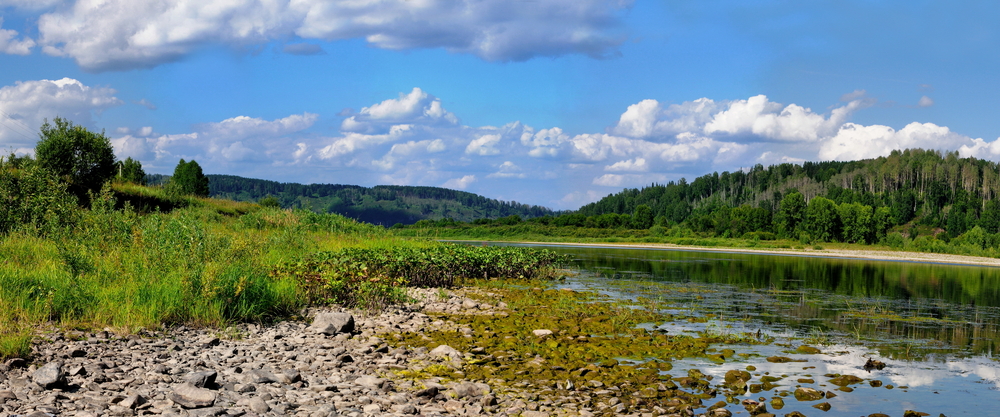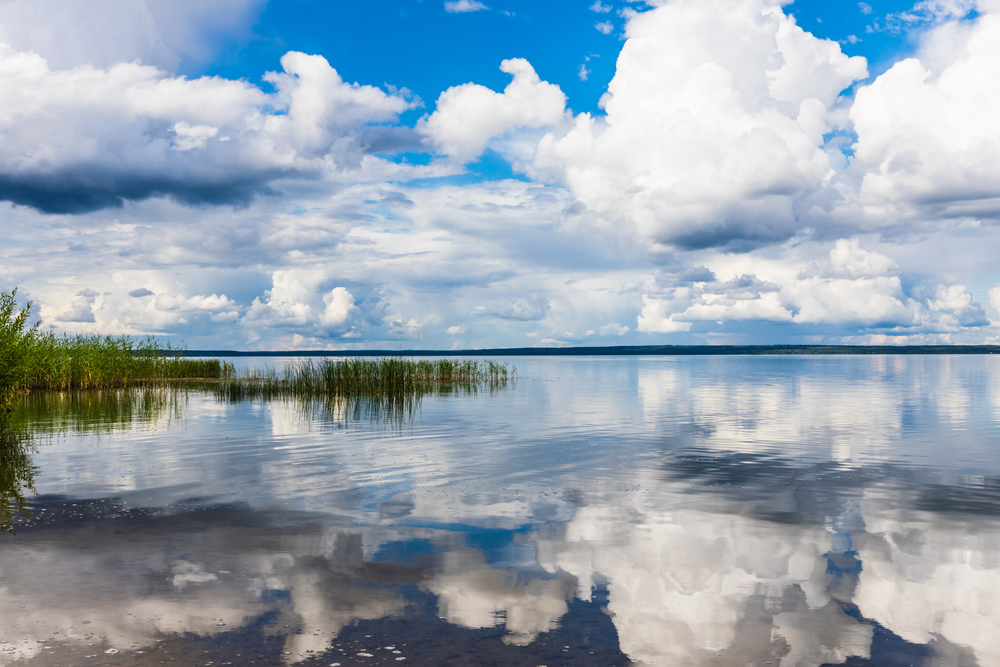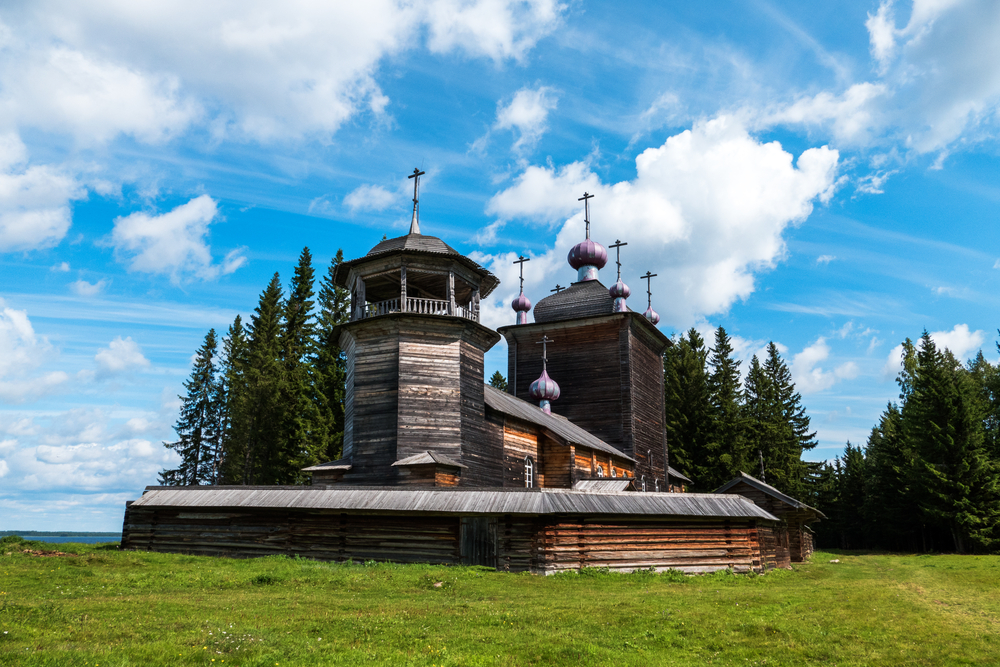Sochi Overview
Sochi National Park, known locally as Сочинский национальный парк, is a vast protected area in southwestern Russia, located in the Krasnodar Krai region near the Black Sea. The park spans approximately 737 square miles (1,910 square kilometers), making it one of the largest and most ecologically significant national parks in the country.
Established in 1983, it was created to preserve the diverse landscapes of the Caucasus Mountains, including the dense forests, deep river valleys, and alpine meadows that define the area. The park lies adjacent to the Caucasus Nature Reserve, a UNESCO World Heritage Site, and together they form a crucial habitat for a wide range of flora and fauna.
The terrain of Sochi National Park is dominated by the western slopes of the Caucasus Mountains, with elevations ranging from sea level to peaks exceeding 10,000 feet (3,048 meters). The park’s landscape features lush deciduous and coniferous forests, steep gorges, and cascading waterfalls such as Agura Falls and Orekhovsky Waterfall.
The Mzymta River, one of the longest rivers in the region, cuts through the park, creating dramatic canyons and providing a lifeline for the park’s biodiversity. The lower elevations of the park are covered in broadleaf forests of beech, oak, and chestnut, while higher elevations give way to alpine meadows filled with vibrant wildflowers. Ancient yew and boxwood groves, some of the oldest in Europe, also thrive in certain sections of the park, adding to its botanical significance.
Sochi National Park is home to a diverse array of wildlife, including several rare and endemic species. The park shelters the endangered Caucasian leopard, which has been the focus of conservation efforts aimed at stabilizing its small population. Other notable mammals include the Eurasian brown bear, wild boar, red deer, and the elusive chamois, a species of mountain goat-antelope.
The park is also a haven for birdwatchers, as it hosts golden eagles, peregrine falcons, and the Caucasian black grouse. The rich ecosystem supports a variety of amphibians and reptiles, including the Caucasian salamander, which is found only in this region.
The park’s most popular features include the Akhun Mountain observation tower, which provides panoramic views of the Black Sea and surrounding mountains, and the Vorontsov Caves, an extensive karst cave system known for its striking rock formations.
Visitors also flock to the Eagle Rocks, a dramatic cliffside viewpoint associated with local legends. The park offers numerous hiking trails that wind through its forests and along its rivers, ranging from easy walks to challenging mountain ascents. In addition to hiking, visitors can enjoy activities such as mountain biking, horseback riding, and paragliding. During winter, some areas of the park offer opportunities for skiing and snowshoeing, making it a year-round destination.
Conservation efforts in Sochi National Park have focused on protecting its delicate ecosystems while balancing tourism and recreation. The reintroduction of the Caucasian leopard has been one of the park’s most notable successes, supported by breeding programs and habitat restoration.
However, challenges remain, including illegal logging, poaching, and the environmental impacts of nearby urban development and tourism infrastructure. Despite these threats, ongoing conservation projects and strict regulations help preserve the park’s biodiversity and natural beauty, ensuring its ecological significance remains intact for future generations.








































































